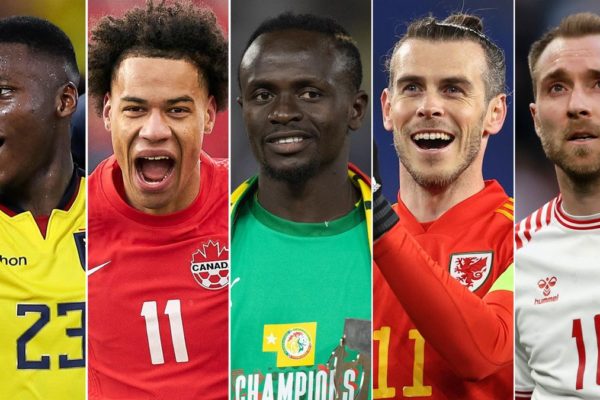This latest NFL draft made me question some things that I held true and believe a bit in some things I previously thought false. I’m fully capable of admitting that I used to be a draftnik that knew little enough about each NFL prospect that I used the combine measurables as the strongest tool to do my “analysis”. Yes, I once did a mock draft.
This year, as I wrote in a previous article’s note…
This first round saw me googling the size of quarterbacks’ hands and wondering if 5/8” is actually a lot and trying to imagine my hands 5/8” bigger. It seems to be. This is a lot of hand size talk. My boy, Teddy Bridgewater, is tied for the second smallest hands of the “top-7” QBs at 9 1/4” while Manziel has “very big hands” and the biggest of the top-7 at 9 7/8”. Interestingly, the skyrocketing Derek Carr (9 1/8”) and Jimmy Garrapolo (9 1/4”) have smaller hands than Bridgewater. Five of the lower rated QBs have enormous hands … including Logan Thomas with a freakish 10 7/8”.
Hand size seemed like such a useful thing for a QB to me. I did live through the Rex Grossman era as a Bears fan after all. He’s widely known for having small hands for a QB, despite such measurements not being available to my searching keystrokes.
I decided to commission a study, and by that I mean I decided to do a cursory study of my own using hand measurement data on QBs at the NFL Scouting Combine from 2008-2013.3Using some basic stats and information of QBs from 2008-2013, I set out to answer the question: Do QBs with bigger hands perform better?
Various Disclaimers
Before we dive in, I want to lay out the bigger problems with my study, outside of the amateur nature of it.
Hand size is likely a secondary, not a primary, asset in QBs. Clearly, a QB with big hands is not automatically a good QB, and no one attempts to say that. However, QBs that make it to the scouting combine are already fairly highly regarded prospects and so the breakdown of their hand size can point us in some sort of direction. This leads to another problem. How many “small” handed QBs are eliminated from this process through the scouting combine? Are small-handed QBs mostly eliminated through a lack of successful play at the NCAA level? Does this mean that only the best of the best small-handed QBs are left to represent that sub-class in the NFL?
The Data
Now that you understand the issues with the information being provided here … let’s get to it.
I mathed everything down to a per QB basis using the number of QBs at each designation (sizes are in inches of course); small hands (38), average hands (25), and big hands (41). I did this to even the playing field and get a basic idea of how each hand size QB performed.
Below you can see an infographic of the three designations with a graph of Pro Bowls, starts, touchdowns and interceptions. Basic counting stats, I know, but they give a decent measure of the differences and are on the same base scale for the use of graphing.

Conclusions
Based on this information, QBs that have the most success are actually those with average sized hands (9.251 inches – 9.749 inches). This could be due to the lower amount of QBs that fall within that size. However, quarterbacks like Joe Flacco (9 5/8), Matt Ryan (9 ½) and Andy Dalton (9 ½) being in the average tier both skew and validate the results.
While I don’t consider too much of the information to be statistically significant, the most interesting part to me is simply that small-handed quarterbacks have had little to no success in recent history. Despite having the most quarterbacks drafted of any hand size, 26 from 2008 to 2013, that tier still lags behind the other two. The list of success stories is small and only contains names like Colin Kaepernick (9 1/8), Geno Smith (9 ¼) and Ryan Tannehill (9).
This cursory study seems to indicate that there is less of a chance of a small-handed QB making it in the NFL. Remember that this is a somewhat small sample size and only accounts for QBs that have come into the league from 2008 to 2013. This is only QBs that were measured at the NFL Scouting Combine and doesn’t account for the QBs of different hand sizes that never made it into the draft process. It could be that there are countless small-handed QBs but the majority of big-handed QBs are given a shot in the NFL.
This doesn’t bode well for Teddy Bridgewater (9 ¼), but makes Johnny Manziel (9 7/8) look more appealing. We are only dealing in probabilities here, so that doesn’t mean Bridgewater won’t make it and Manziel will, purely because of a study on QB hand size, but it does make me pause a bit more when considering that I prefer Bridgewater.












